consider three congerging lenses L1,L2andL3 having identical geometrical construction. The index of refraction of L1andL2areμ1andμ2 respectively. The upper half of the lens L3 has a refractive index μ1 and the lower half has μ2. A point object O is imaged at O1 by the lens L1andatO2 by the lens L2 placed in same position . If L2 is placed at the same place.
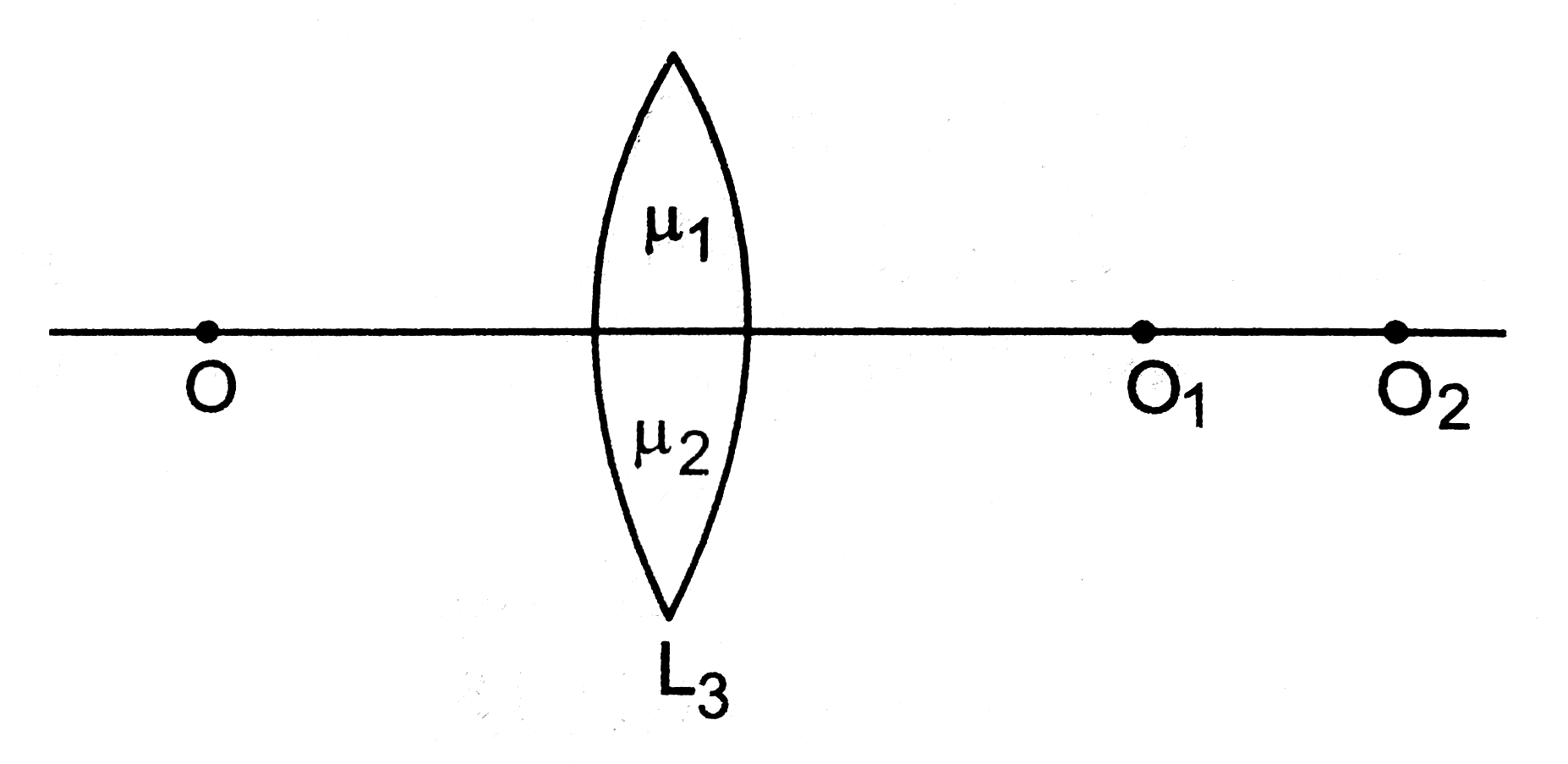
(i),(ii)
(ii),(iii)
(i),(iii)
(iii),(iv)
The correct Answer is:A
Step by step video, text & image solution for consider three congerging lenses L_1, L_2 and L_3 having identical geometrical construction. The index of refraction of L_1 and L_2 are mu_1 and mu_2 respectively. The upper half of the lens L_3 has a refractive index mu_1 and the lower half has mu_2. A point object O is imaged at O_1 by the lens L_1 and at O_2 by the lens L_2 placed in same position . If L_2 is placed at the same place. by Physics experts to help you in doubts & scoring excellent marks in Class 12 exams.
Topper's Solved these Questions
- BOOK - CP SINGHCHAPTER - REFRACTION AT SPHERICAL SURFACESEXERCISE - EXERCISES105videos
REFRACTION AT SPHERICAL SURFACES
- BOOK - CP SINGHCHAPTER - REFLECTION OF LIGHTEXERCISE - EXERCISES67videos
REFLECTION OF LIGHT
- BOOK - CP SINGHCHAPTER - REFRACTION OF LIGHT BY PLANE SURFACESEXERCISE - Exercises110videos
REFRACTION OF LIGHT BY PLANE SURFACES
Similar Questions
Knowledge Check
- Question 1 - Select One
In Fig., there are two convex lenses L1andL2 having focal lengths F1 and F2 respectively. The distance between L1 and L2 will be :
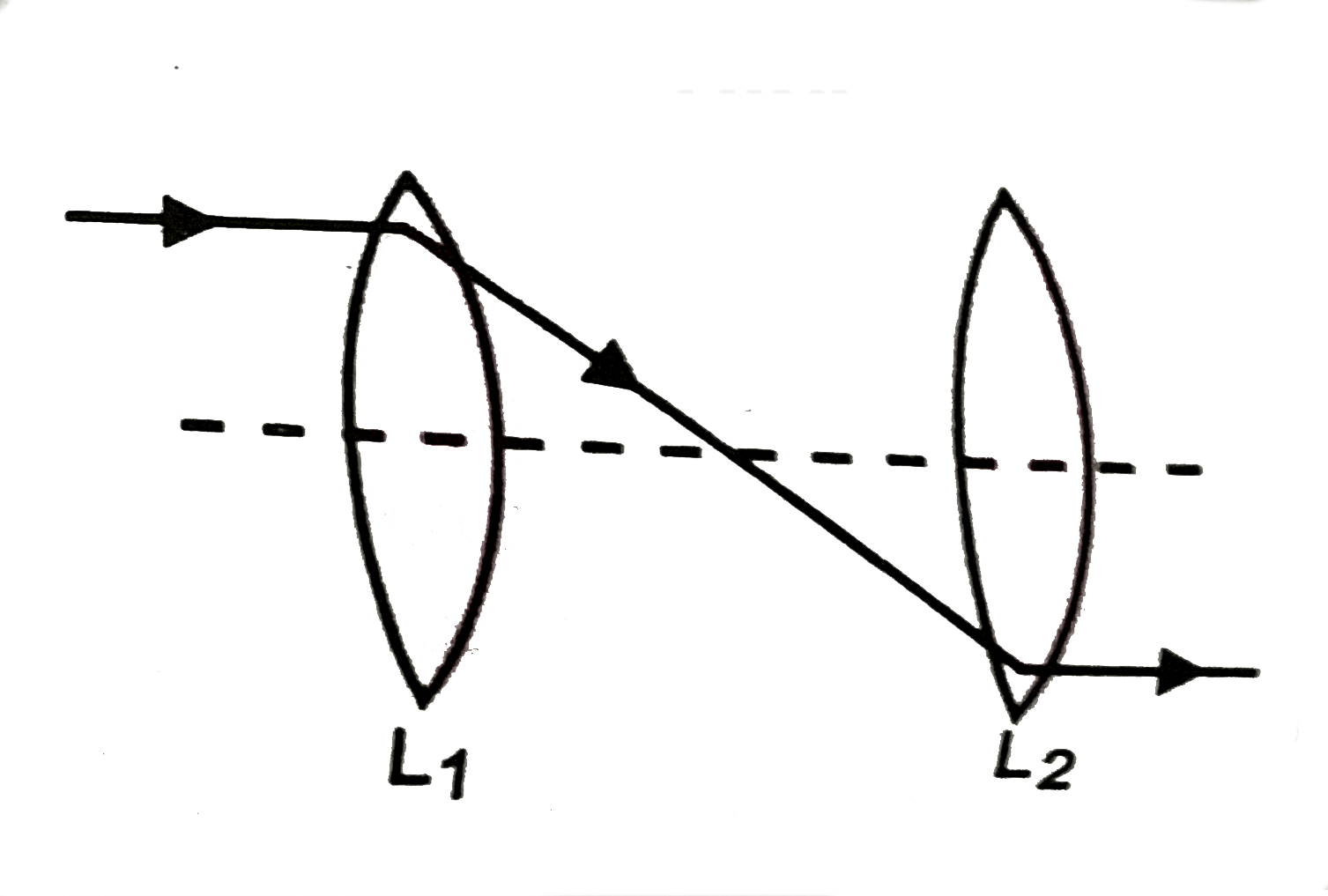 .AF1BF2CF1+f2DF1−F2
.AF1BF2CF1+f2DF1−F2 - Question 2 - Select One
In Fig., there are two convex lenses L1 and L2 having focal lengths F1 and F2 respectively. The distance between L1 and L2 will be :
 AF1BF2CF1+F2DF1−F2
AF1BF2CF1+F2DF1−F2 - Question 3 - Select One or More
Consider three geometrically identical concave lenses A, B and C. A is made of material of refractive index μ1, B is made of material of refractive index μ2. Lens C is constructed in such a way that half of the lens above principal axis is made of material of refractive index μ1, and half of the lens below principal axis is made of material of refractive index μ2. Image of an object O as shown in figure is formed at I1 when lens A is used and the image is formed at I2 when lens B is used at the same location. Now the lens C is placed at the same location.
 AOne image will be at I1BOne image will be at I2COne image will be formed somewhere between I1 and I2DOne image will be formed between I2 and the lens
AOne image will be at I1BOne image will be at I2COne image will be formed somewhere between I1 and I2DOne image will be formed between I2 and the lens
In the following ray diagram the positions of an object O, image I and two lenses L1andL2 and a mirror M are given. The focal length of L1 is 10 cm. Find the focal length of L2.
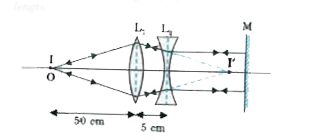 View Solution
View SolutionIn the figure given below there are two convex lenses L1 and L2 having focal lengths F1 and F2 respectively. The distance between L1 and L2 will be
 View Solution
View SolutionIf a convex lens of refractive index μl is placed in a medium of refractive index μm Such that μl>μm>μair then
View SolutionIn the figure shown, there are two convex lenses L1 and L2 having focal. Lengths f1 and f2 respectively. The distance between L1 and L2 will be
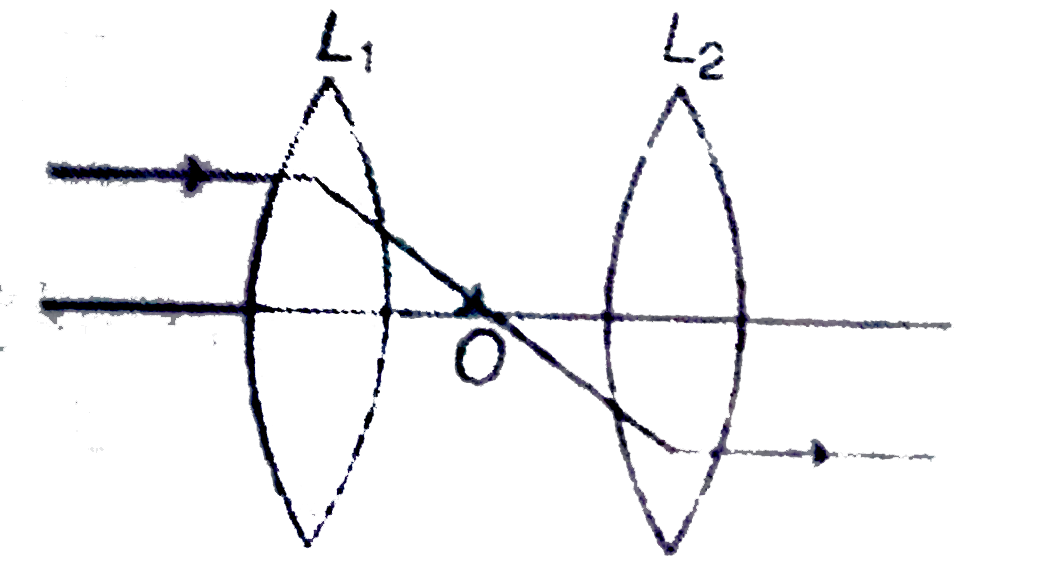 View Solution
View SolutionIn the following circuit find l1 and l2 :-
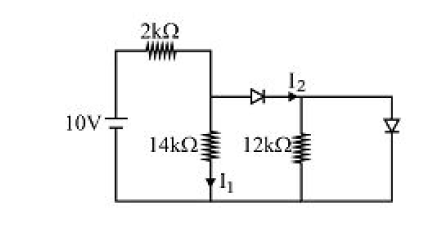 View Solution
View Solution



